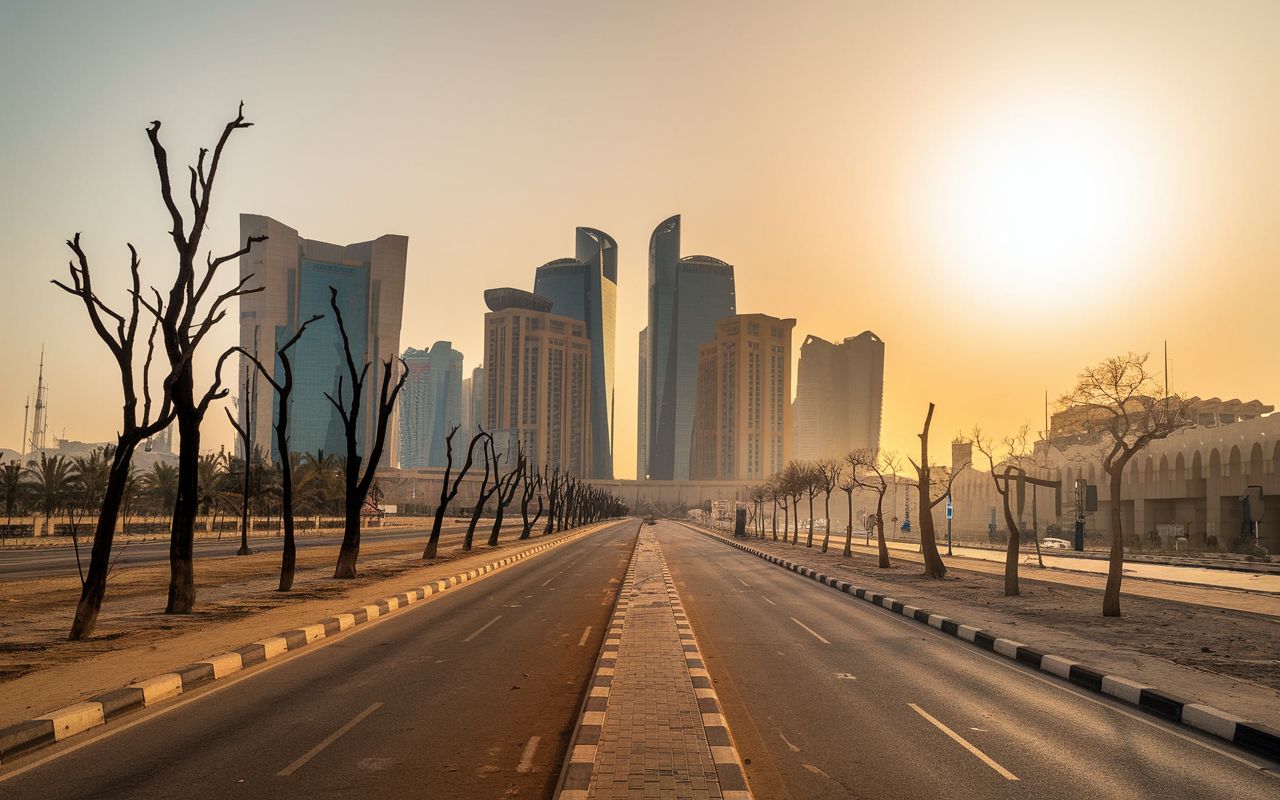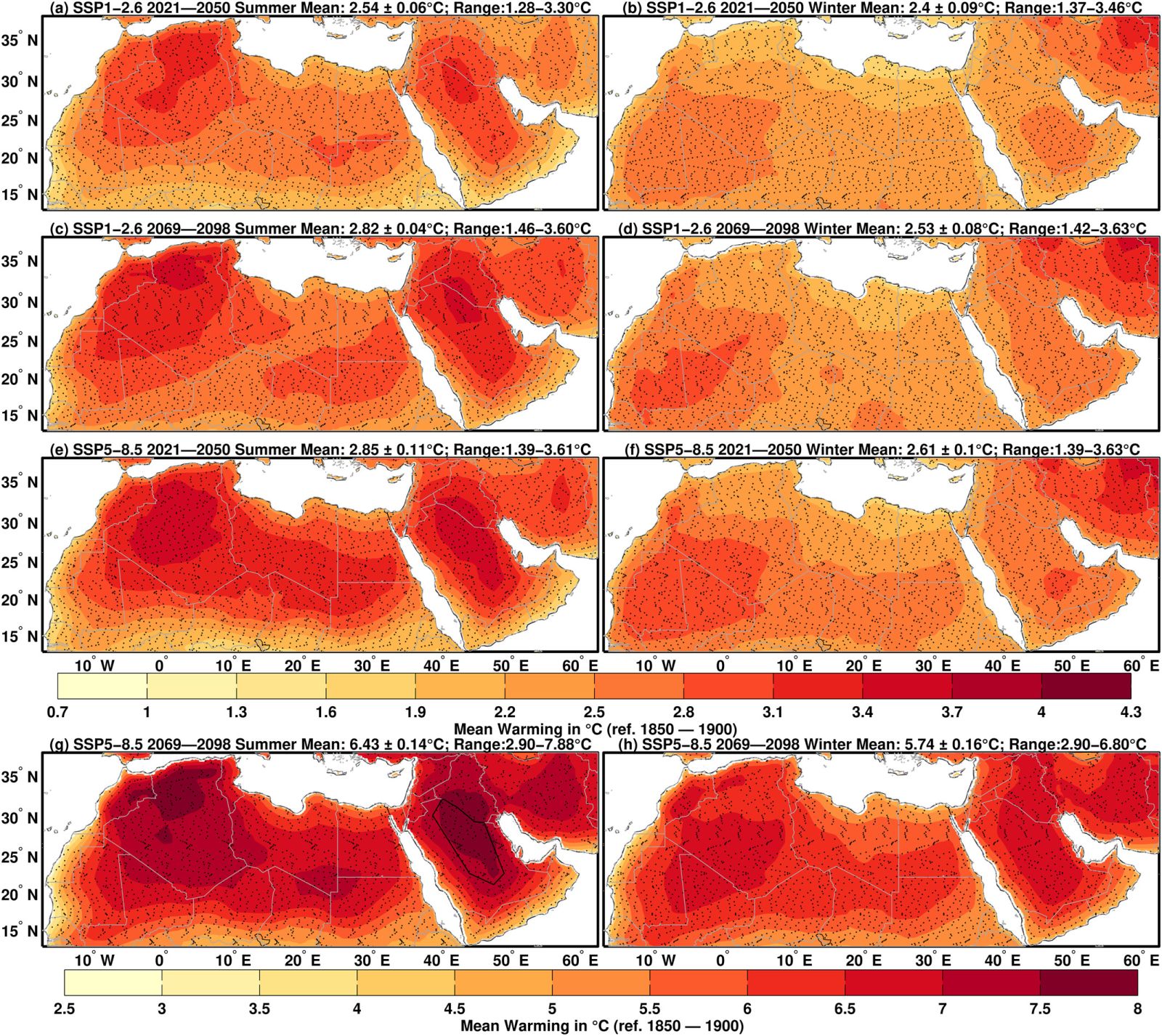Climate: critical temperatures soon in North Africa and the Middle East 🔥
Follow us on Google News (click on ☆)

By 2100, some parts of the Arabian Peninsula could see temperature increases of up to 16.2°F (9°C). This extreme scenario, possible under high-emission assumptions, highlights the climate challenges these territories will face. With summer records already reached, these regions currently average a 3.6°F (2°C) increase compared to pre-industrial levels.
According to Abdul Malik, climatologist and lead author of the study, some zones have already surpassed the 2.7°F (1.5°C) and 3.6°F (2°C) thresholds set by the Paris Agreement. This makes the development of adaptation measures crucial to preserving the viability of these areas.
Researchers used high-resolution climate models to achieve precise analysis. They found that warming is not uniform: the central Arabian Peninsula deserts, for example, are heating up three times faster than the global average. This rate is comparable to that observed in the Arctic but occurs in considerably higher temperature contexts.

This dynamic is partly due to the aridity of desert soils, which are incapable of cooling via evaporation. Conversely, coastal areas, such as those in Oman, experience more moderate warming because of the cooling effect of the oceans.
Seasons also amplify disparities: summers bring particularly critical temperatures in places like Riyadh and central Algeria, while winter highlights hotspots in Mauritania and the Elborz Mountains in Iran. These variations underscore the need for localized adaptation measures.
If low-emission targets are achieved, the rate of warming in these regions could decrease by 38%. Urban planning, with solutions such as greening or innovative architecture, could also reduce the impact of this extreme heat.
Finally, the study highlights the opportunity for the Middle East and North Africa to become laboratories for adaptation measures. These innovations could later be deployed in other parts of the world facing global warming.